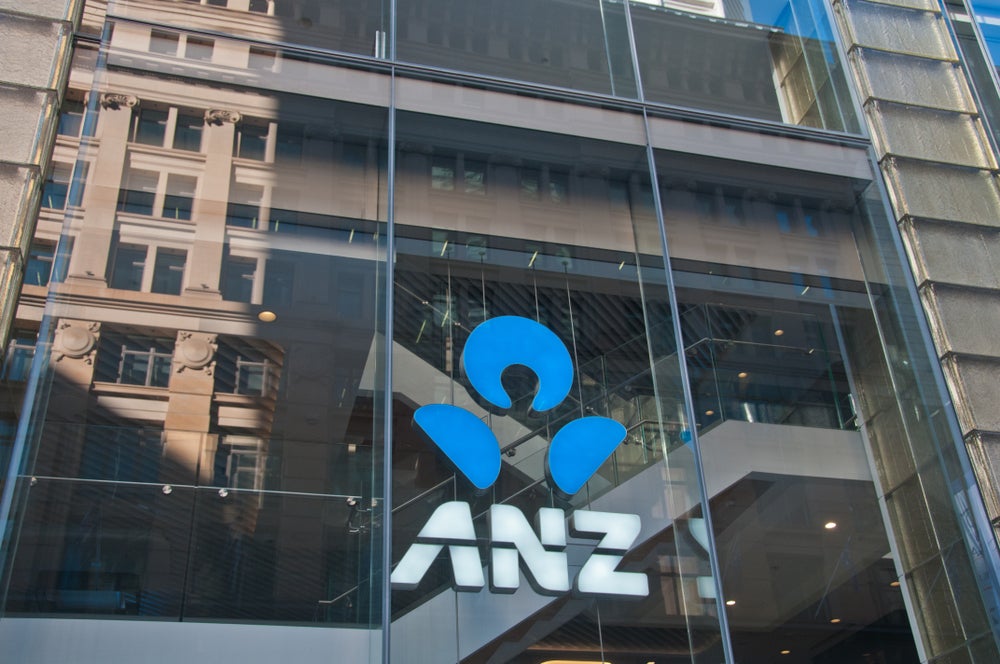KakaoBank has filed a patent for a hologram detection method. The method involves using a neural network model to analyze images and determine the presence of a hologram. The patent does not include any specific claims. GlobalData’s report on KakaoBank gives a 360-degree view of the company including its patenting strategy. Buy the report here.
According to GlobalData’s company profile on KakaoBank, Virtual banking assistant was a key innovation area identified from patents. KakaoBank's grant share as of September 2023 was 30%. Grant share is based on the ratio of number of grants to total number of patents.
Hologram detection method
A recently filed patent (Publication Number: US20230229882A1) describes a hologram detection method and a hologram detection service providing server. The method involves setting multiple detection unit regions in a detection object and capturing images of the object in both flash off and flash on states. These images are then inputted to a neural network model to obtain detection results and regions for each detection unit. The flash intensity is changed in the flash on state, and a second image is captured and inputted to the neural network model to obtain a second detection result. The detection regions from the first and second detection results are compared to determine the authenticity of the detection object. If the detection regions where the hologram is detected are different, the object is determined to be normal.
The neural network model used in this method is trained using a plurality of learning images, each containing regions where the presence of a hologram has been checked. These regions are labeled with values representing whether a hologram is present. By comparing the detection regions from the first and second detection results, the method can accurately determine the authenticity of the detection object.
The patent also describes a hologram detection service providing server that implements this method. The server includes a detection unit region setting unit, an image receiver, a hologram detector, and an authenticity determiner. The image receiver receives the first and second images captured in the flash off and flash on states. The hologram detector inputs these images to the neural network model to obtain detection results and regions. The authenticity determiner compares the detection regions from the first and second detection results to determine the authenticity of the detection object.
In the hologram detection service providing server, the flash intensity in the flash on state can be changed step-by-step from a minimum to a maximum intensity based on a preset criterion. If the hologram is not detected in the second image or if the detection region where the hologram is detected in the second image is the same as in the first image, the image receiver captures a new second image with a changed flash intensity.
Overall, this patent presents a hologram detection method and a hologram detection service providing server that utilize a neural network model and image comparison to accurately determine the authenticity of a detection object based on the presence or absence of a hologram.
To know more about GlobalData’s detailed insights on KakaoBank, buy the report here.
Premium Insights
From

The gold standard of business intelligence.
Blending expert knowledge with cutting-edge technology, GlobalData’s unrivalled proprietary data will enable you to decode what’s happening in your market. You can make better informed decisions and gain a future-proof advantage over your competitors.





